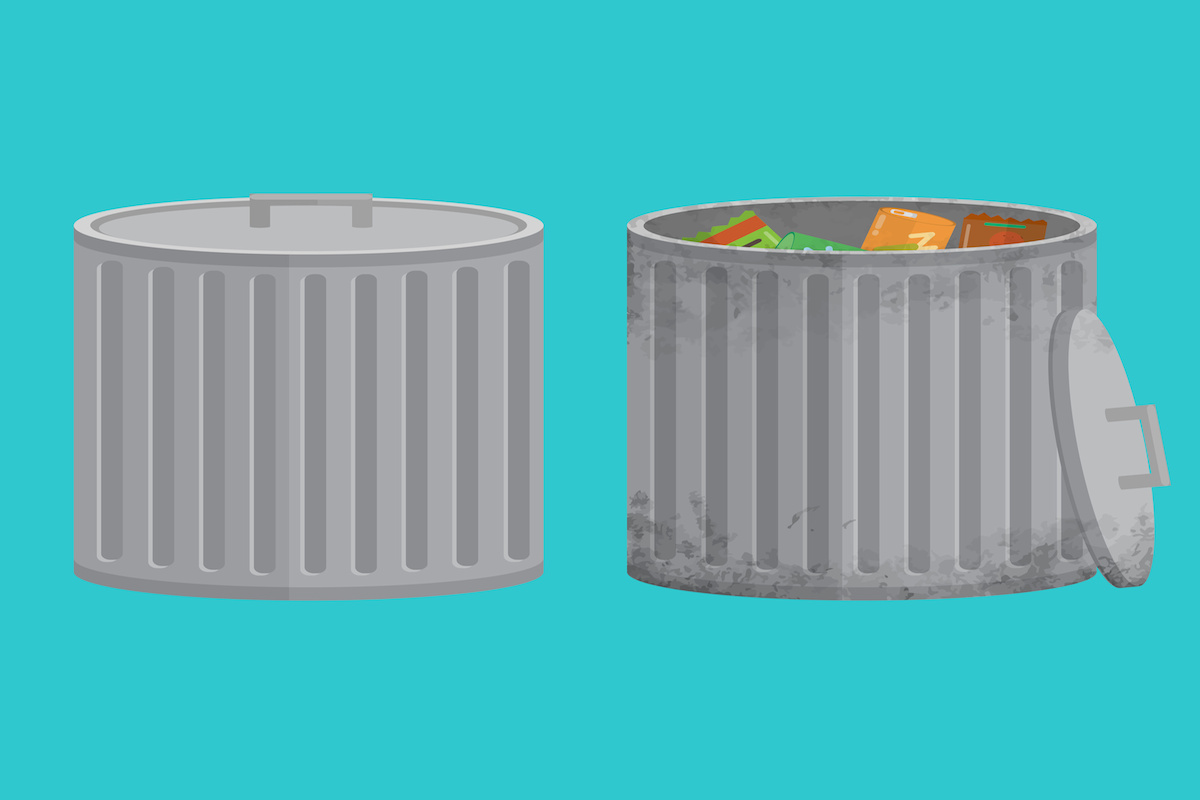Welcome to the age of disposability
We live in a world where we don't always think about what we're doing, because we can simply press delete later on, warns Mark Samuels...


The coming together of the cloud, mobile and superfast broadband speeds models means we are entering an age of disposability, where individuals can download discrete apps and then delete the software after its usefulness expires.
Portio Research suggested 82 billion apps were downloaded worldwide in 2013, and by 2017 there will be more than 200 billion downloads per year. Many of these apps will be used for just a short period of time. And just like consumers can download and delete apps from the cloud, so can employees.
Analyst Gartner estimates that, by 2017, 25 per cent of businesses will have an enterprise app store for managing corporate-sanctioned apps on PCs and mobile devices. So, what does disposability mean for the business and how can CIOs best manage the change in procurement patterns?
Apps as a new source of competitive advantage
Enterprise Rent-A-Car European IT director Jeff King suggests disposability and its potential affect on the business represents a fascinating concept. "All CIOs must get better at trying and developing new approaches, and the experimentation provided through highly disposable apps provides another source of innovation," he says.
Taking advantage of disposability, however, is not straightforward. Like other IT experts, King is concerned about how workers would go about choosing and sourcing apps. The traditional role of the IT department is to provide a sense of control. Passing all decision-making to users, in regards to which apps are used and thrown away, might be a step too far for some.
"Many CIOs would struggle with finding the right balance between implementing cheap tools and finding the right solution for the business," says King. "You can't simply go out and give people access to whatever software they want to use. But, equally, you need to give your people more opportunities. We have to make sure the decisions that are made are right for the business."
Sign up today and you will receive a free copy of our Future Focus 2025 report - the leading guidance on AI, cybersecurity and other IT challenges as per 700+ senior executives
There are, therefore, many issues for King and his executive peers to consider. However, he also recognises that there is an opportunity cost associated to taking advantage of new applications. A company that is able to find a way to source these developments could gain a significant competitive advantage.
"The tools are being developed so quickly," he says. "Do we, as an IT organisation, have to develop everything internally? Could I give users more freedom to experiment with the tools they find externally? It's a tantalising prospect with many opportunities."
Taking advantage of the age of disposability
When it comes to potential openings, Neil Ward-Dutton, research director and co-founder at MWD Advisors, says the potential for disposability depends on the business context. Certain apps will work best in certain situations. You would not, for example, use disposability on core business platforms, like enterprise resource planning and customer relationship management.

Mark Samuels is a freelance writer specializing in business and technology. For the past two decades, he has produced extensive work on subjects such as the adoption of technology by C-suite executives.
At ITPro, Mark has provided long-form content on C-suite strategy, particularly relating to chief information officers (CIOs), as well as digital transformation case studies, and explainers on cloud computing architecture.
Mark has written for publications including Computing, The Guardian, ZDNet, TechRepublic, Times Higher Education, and CIONET.
Before his career in journalism, Mark achieved a BA in geography and MSc in World Space Economy at the University of Birmingham, as well as a PhD in economic geography at the University of Sheffield.
-
 Trump's AI executive order could leave US in a 'regulatory vacuum'
Trump's AI executive order could leave US in a 'regulatory vacuum'News Citing a "patchwork of 50 different regulatory regimes" and "ideological bias", President Trump wants rules to be set at a federal level
-
 TPUs: Google's home advantage
TPUs: Google's home advantageITPro Podcast How does TPU v7 stack up against Nvidia's latest chips – and can Google scale AI using only its own supply?